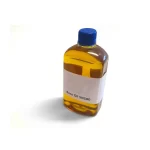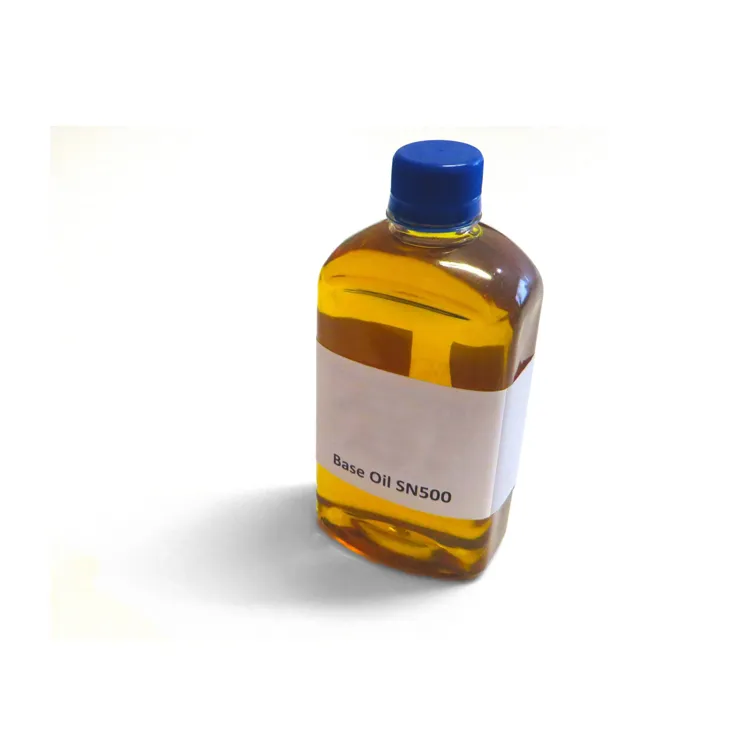
Urea Fertilizer N46% (Carbamide)
December 6, 2023
BASE OIL SN150 – SN 300 – SN500
December 6, 2023JET FUEL – JP54 / JET A1
Aviation fuel is a specialized type of petroleum-based fuel used to power aircraft. It is generally of a higher quality than fuels used in less critical applications, such as heating or road transport, and often contains additives to reduce the risk of icing or explosion due to high temperature, among other properties
Almost all aviation fuels are derived from crude oil in refineries. Most of partner’s refineries produce the kerosine type jet fuels for use in aviation turbine engines but only a handful of locations have the complex infrastructure required to create the more specialized grades of aviation gas Aviation turbine fuels are used for powering jet and turbo-prop engine aircraft and are not to be confused with Avgas.
Aviation fuel is a specialized type of petroleum-based fuel used to power aircraft. It is generally of a higher quality than fuels used in less critical applications, such as heating or road transport, and often contains additives to reduce the risk of icing or explosion due to high temperature, among other properties
Almost all aviation fuels are derived from crude oil in refineries. Most of partner’s refineries produce the kerosine type jet fuels for use in aviation turbine engines but only a handful of locations have the complex infrastructure required to create the more specialized grades of aviation gas Aviation turbine fuels are used for powering jet and turbo-prop engine aircraft and are not to be confused with Avgas.
Jet fuel, aviation turbine fuel (ATF), is a type of aviation fuel designed for use in aircraft powered by gas-turbine engines. It is colorless to straw-colored in appearance. Jet fuel is a mixture of a large number of different hydrocarbons. The range of their sizes (molecular weights or carbon numbers) is restricted by the requirements for the product, for example, the freezing point or smoke point. Kerosene-type jet fuel (including Jet fuel A and Jet A-1) has a carbon number distribution between about 8 and 16 (carbon atoms per molecule); wide-cut or naphtha-type jet fuel (including Jet B), between about 5 and 15. Both Jet fuel A and Jet A-1 have a flash point higher than 38 °C (100 °F), with an autoignition temperature of 210 °C (410 °F).
Outside former communist areas, there are currently two main grades of turbine fuel in use in civil commercial aviation: Jet A-1 and Jet A, both are kerosine type fuels. There is another grade of jet fuel, Jet B which is a wide cut kerosine (a blend of gasoline and kerosine) but it is rarely used except in very cold climates.
JET A-1
Jet A-1 is a kerosine grade of fuel suitable for most turbine engine aircraft. It is produced to a stringent internationally agreed standard, has a flash point above 38°C (100°F) and a freeze point maximum of -47°C. It is widely available outside the U.S.A. Jet A-1 meets the requirements of British specification DEF STAN 91-91 (Jet A-1), (formerly DERD 2494 (AVTUR)), ASTM specification D1655 (Jet A-1) and IATA Guidance Material (Kerosine Type), NATO Code F-35.
JET A
Jet A is a similar kerosine type of fuel, produced to an ASTM specification and normally only available in the U.S.A. It has the same flash point as Jet A-1 but a higher freeze point maximum (-40°C). It is supplied against the ASTM D1655 (Jet A) specification.
JP54
JP54 is an abbreviation for “Jet Propulsion, A1, Colonial Grade 54″. During the refining process only 15% of the crude oil is made up of JP54 the rest of the grade is used for different types of plastic. Developed by JP Morgan, Colonial grade JP54 was replaced by AVGAS also known as AVGAS100LL.
Actually, most jet fuel exported is “JP54” or “Colonial JP54”. It is similar to “Jet A” except the the Specific Energy is 18.4 mj/kg compared to that of 42.8 mj/kg of “Jet A”.




